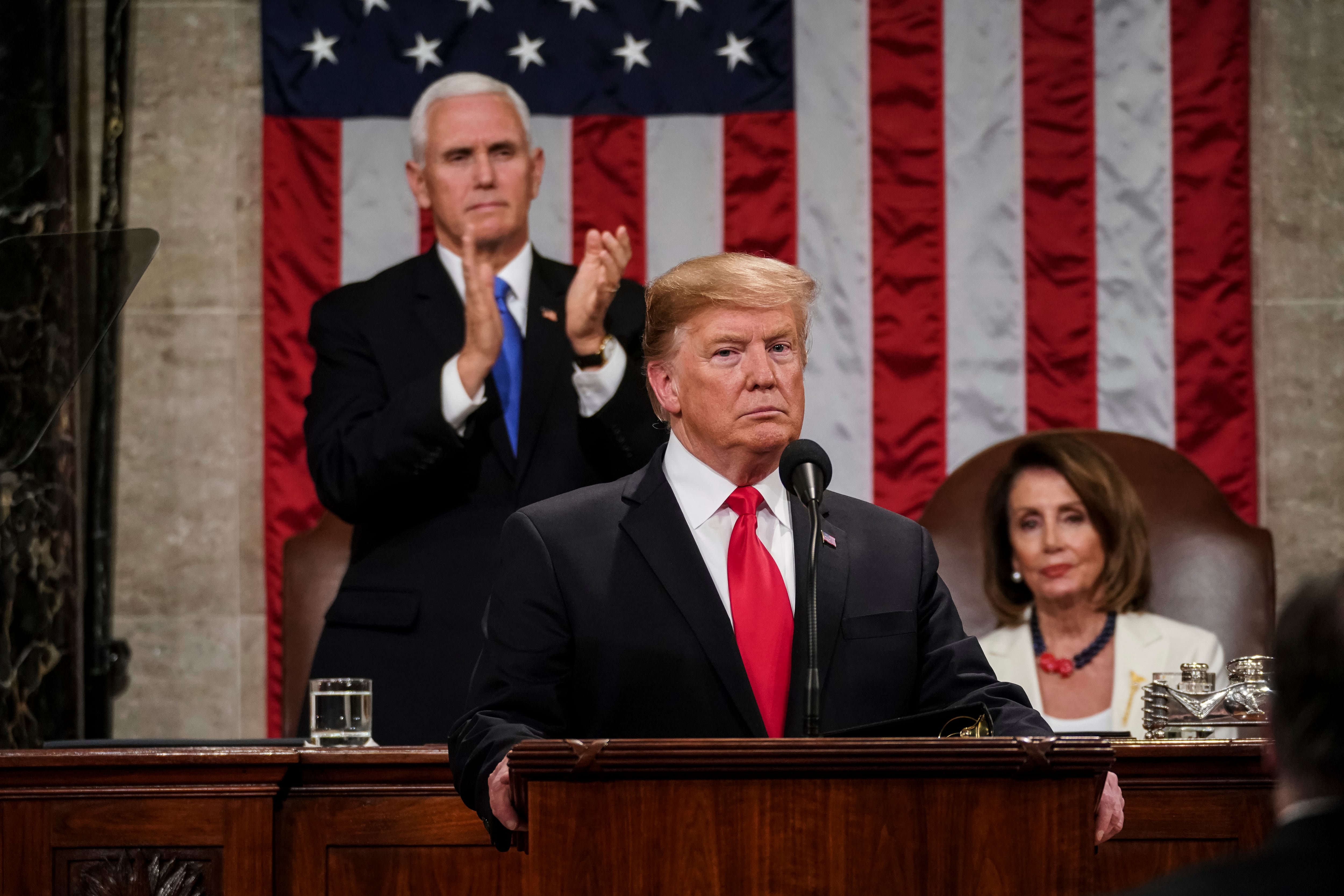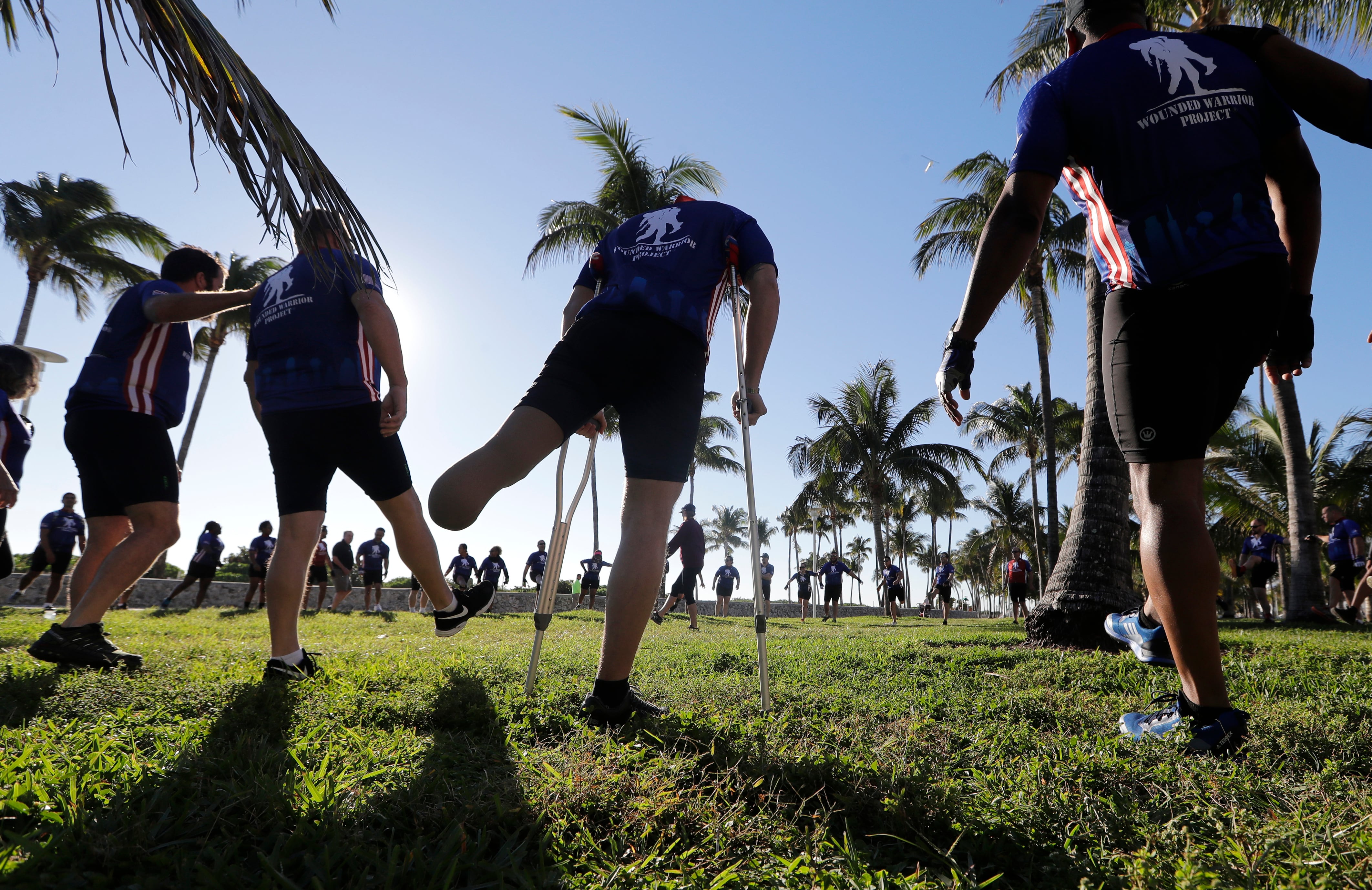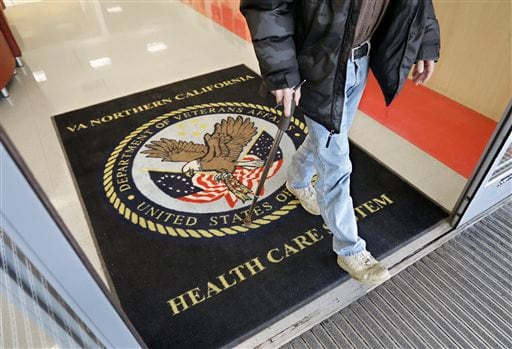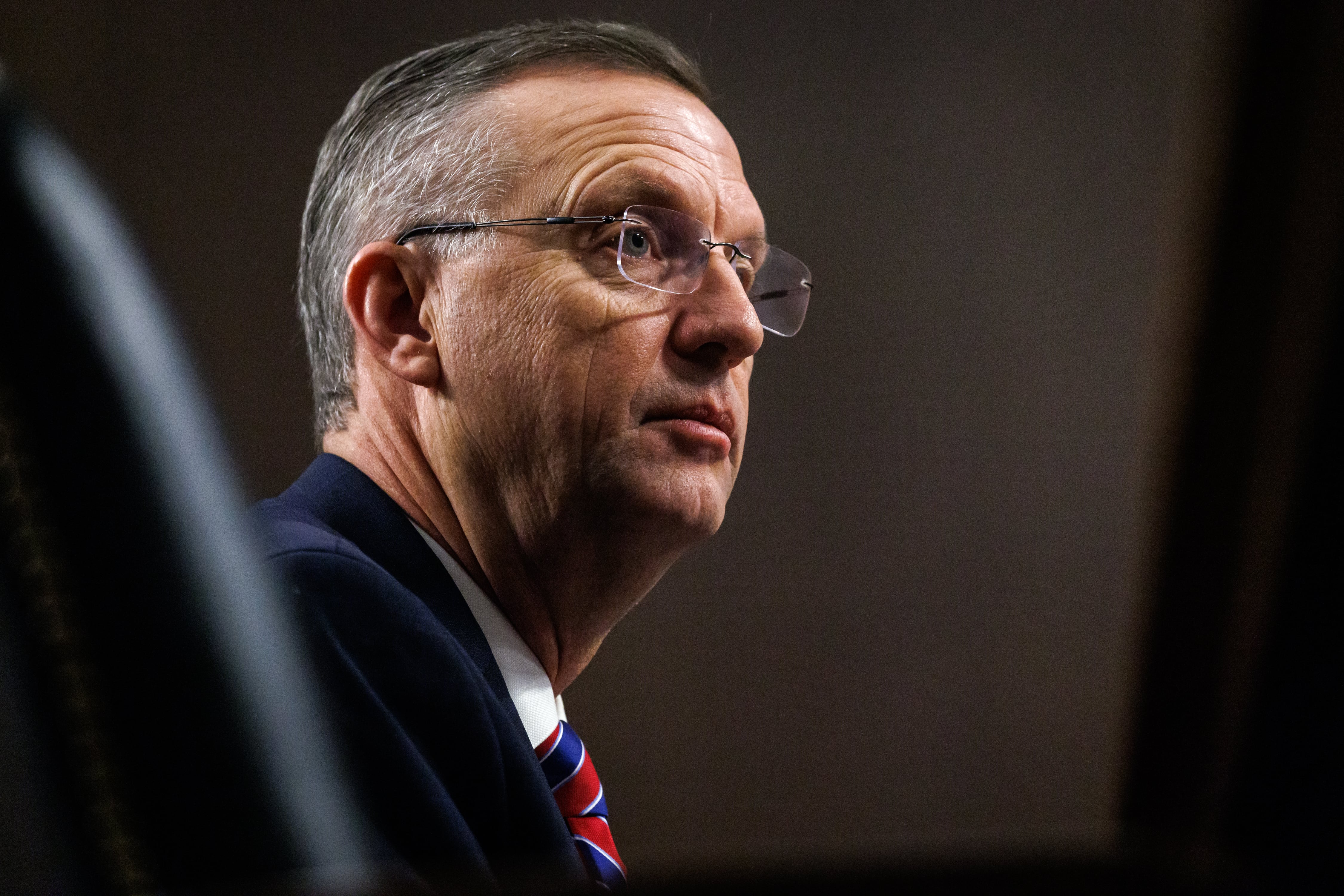Update: This story has been updated to include separate comments from the USPTO.
A year after a U.S. Patent and Trade Office employee bilked the agency for $25,000 while he played golf, a scathing inspector general's report found that employees racked up $18.3 million in unsupported hours.
The audit was requested following an August 2015 report detailing how a USPTO employee billed the agency for 730 teleworking hours that he spent local bars and a driving range.
Related: Read the report
The report found that following the February 2015 teleworking policy's implementation, 8,100 patent examiners racked up more than 137,000 work hours that were unsupported — a claim investigators made by comparing the work hours claimed by workers compared with data sets showing actual evidence of work.
Investigators also focused on some 296 examiners that accounted for 39 percent of the agency's unsupported hours in the nine-month period. During that span, those examiners claimed more than $4.8 million in salary and bonuses on hours that the OIG can't support, while the bulk of them were given commendable or outstanding performance reviews.
The findings show that despite efforts to curb employee abuse of the agency's teleworking policies, some employees continue to be paid for claimed working hours that may not be able to be substantiated.
"The investigation results suggest that USPTO’s internal controls to combat time and attendance fraud require strengthening," the report said.
"Moreover, the significant number of examiners with above-average performance ratings and substantial amounts of unsupported time calls into question the efficacy of patent examiner performance goals."
The OIG conducted two separate analyses of USPTO patent examiners: A nine-month period following the implementation USPTO’s February 2015 teleworking policy and 15-month time frame that included windows both before and after the policy.
The 15-month span showed that examiners claimed more than $18.3 million in potential waste with 415 examiners claiming 43 percent of the agency’s total unsupported hours.
The OIG claimed its report data was interpreted in a way more favorable to employees; as a result, the actual number of unsupported hours could be doubled, investigators estimate.
"The analysis does not determine the maximum number of hours the employees actually worked, but rather determines the maximum possible hours worked," the report said.
"The OIG fashioned the methodology in this way to give each examiner the best chance to meet their claimed hours. Thus, the analysis capped the daily hours worked at the amount of daily hours claimed by the examiner."
Part of the problem, the report said, is because the USPTO only requires employees to check in to work with ID badges, but not out during weekday work hours.
The agency also doesn’t require employees who are teleworking to log in to their computers if they are not working full time. The USPTO also only requires employees with poor performance reviews to provide supervisors with their work schedules.
The OIG offered six recommendations, including:
-- USPTO should reevaluate its examiner production goals for each art unit and revise them to reflect efficiencies in work processes from automation and other enhancements.
-- The agency should require all examiners submit work schedules, regardless of performance evaluation.
-- USPTO should require all employees to use their ID badges upon exiting agency facilities during weekday hours.
-- The agency should require all teleworkers to remain logged into the USPTO network during their working hours.
-- USPTO should review all overtime policies to identify and eliminate areas susceptible to abuse.
-- The agency should issue Small Office/Home Office routers to teleworking employees to better track working hours.
In a separate statement, USPTO Communications Chief Patrick Ross said the report would serve "as a resource in our ongoing efforts to improve," but also noted that the OIG's review is based on comparative analysis of multiple datasets and not individual employees.
"Specifically, the OIG reviewed the total number of hours claimed by more than 8,400 patent examiners during a 15-month period between 2014-2015 to determine whether a corresponding digital footprint existed based on specific data points such as computer log-ins or security badge-in data," Ross said.
Ross went on to say that there was a 2 percent hole in the digital footprint of total hours as a result of the OIG methodology.
The OIG did note in its report that its assumptions largely relied on turnstile records and the records of virtual private networks used by teleworkers, which could result in some hours being determined as unsupported if an employee didn't sign on to a USPTO VPN. It also said that because USPTO examiners working on part-time telework programs are not required to log in, the methodology may not account for this instance.
Investigators noted they modified the methodology after initial comments from USPTO in March, which reduced the hole in the digital footprint.
Still, Ross said that the agency would be thorough in its response to the findings.
"The USPTO recognizes that there may be many reasons for the lack of a digital footprint and is committed to analyzing the recommendations offered by the OIG, continuing to conduct our own review, and, if needed, improving the extensive measures already implemented," he said.





